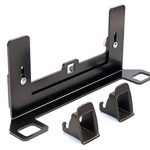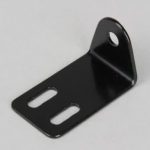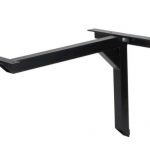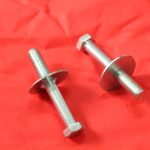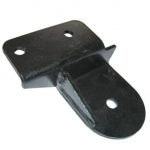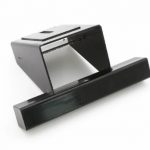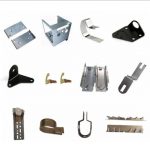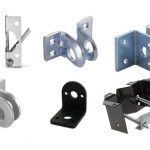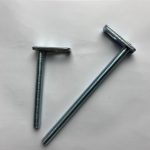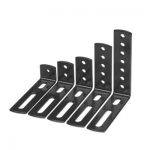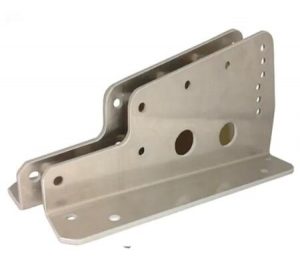
| Materials | Carbon steel (hot rolled, cold rolled, strip steel), stainless steel, aluminum, brass, etc |
| Porcessing | CNC machining, Stamping, punching, bending, welding, threading, grinding, milling, machining, lathe, assembling etc. |
| Finish | Anodizing, Powder-Coating, Zinc-Plated, Chrome coated, Nickel Plated, Hex Chromates Zinc, Rust-inhibiting oils, Electrophoresis, Paints and primers, blacking, etc |
| Tolerance | 0.01-0.1mm |
| Industrial | Metal stamping parts/punching parts/pressing parts |
HAIYAN BOLT is capable of making various kinds and shape of metal fabrication.
Stamping part is a kind of forming processing method which uses press and die to exert external force on sheet, strip, pipe and profile to produce plastic deformation or separation, so as to obtain the required shape and size of workpiece (stamping part). Stamping and forging belong to plastic processing (or pressure processing), collectively known as forging. The billets for stamping are mainly hot-rolled and cold-rolled steel plates and strips.
There are also a large number of stamping parts in living utensils and other products.
Compared with castings and forgings, stamping parts are thin, uniform, light and strong. Stamping can produce workpieces with stiffeners, ribs, undulations or flanging which are difficult to manufacture by other methods, so as to improve their rigidity. Due to the use of precision die, the precision of workpiece can reach micron level, and the repetition precision is high, the specification is consistent, and the hole and socket, boss, etc. can be punched.
Generally, cold stamping parts are no longer machined, or only need a small amount of machining. The accuracy and surface state of hot stamping parts are lower than that of cold stamping parts, but they are still better than castings and forgings, and the machining amount is less.
Stamping is an efficient production method. By using compound die, especially multi position progressive die, multiple stamping processes can be completed on a press, realizing the full-automatic production from uncoiling, leveling, blanking to forming and finishing. It has high production efficiency, good working conditions and low production cost. Generally, it can produce hundreds of pieces per minute.

